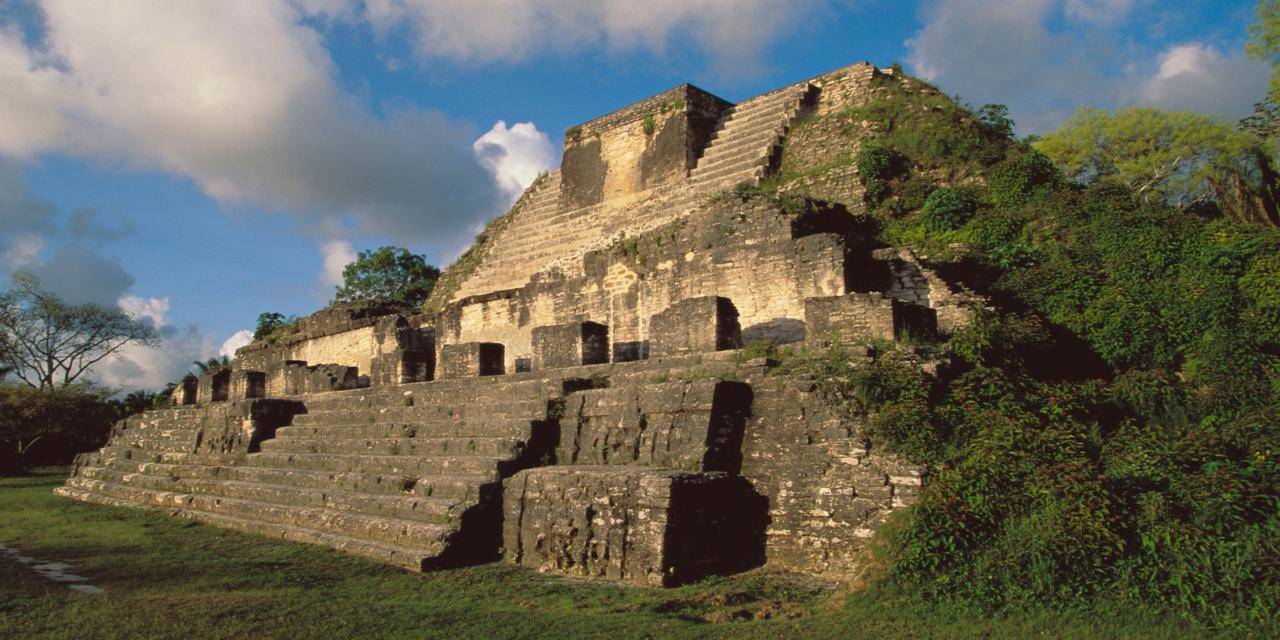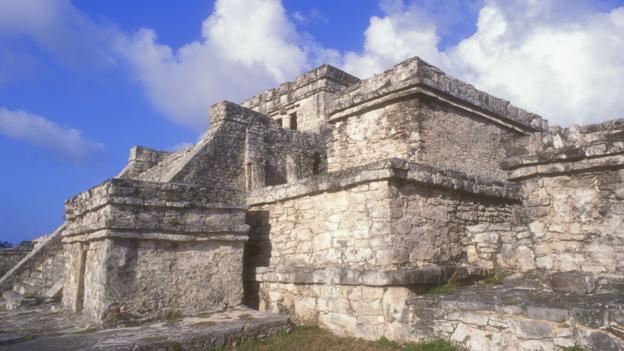Latin America
Related: About this forumWe might finally know why the Maya abandoned their impressive limestone cities about 1,000 years ago
We might finally know why the Maya abandoned their impressive limestone cities about 1,000 years ago

By Robin Wylie
22 February 2016
When the Spanish conquistadores sailed for Central America in 1517, their goal was to vanquish the resident Maya civilisation. But the colonists arrived to find that much of their work had been done for them.
The Maya’s towering limestone cities – a classic feature of one of the ancient world’s most advanced societies – were already being reclaimed by the jungle.
The question of how the Maya met their end is one of history's most enduring mysteries. The Maya people survived; they even managed to stage a long resistance to European rule. But by the time the Spanish made landfall, the political and economic power which had erected the region's iconic pyramids, and had at one time sustained a population of some two million people, had vanished.

[font size=1]
El Castillo at the Mayan ruins at Tulum Quintana Roo, Mexico
(Credit: 24BY36/Alamy)
[/font]
The first Maya sites were built during the first millennium BC, and the civilisation reached its height around AD600. (In the chronology of Mesoamerica, the Maya sit between the earlier Olmec and later Aztec civilisations). Archaeologists have uncovered thousands of ancient Maya cities, most of which are spread across southern Mexico's Yucatan peninsula, Belize and Guatemala.
More:
http://www.bbc.com/earth/story/20160222-severe-droughts-explain-the-mysterious-fall-of-the-maya
Environment & Energy:
http://www.democraticunderground.com/112797283
2naSalit
(86,647 posts)In interesting read:
1491; New Revelations of the Americas Before Columbus. Mann, Charles C. Vintage/Random House, New York. 2005/2011.
bemildred
(90,061 posts)Behind all that it is always overpopulation.
Ghost Dog
(16,881 posts)are found, yet a maximum population of two million is assumed, then cities must have quite frequently been abandoned and new ones built.
starroute
(12,977 posts)I can't come up with whatever I read a while back that explained how the Mayan elites had to keep building ridiculously elaborate urban landscapes as a way of legitimizing their authority. But the paragraphs below give a pretty good idea of the result -- over-building led to deforestation led to drought led to collapse.
http://www.smithsonianmag.com/science-nature/why-did-the-mayan-civilization-collapse-a-new-study-points-to-deforestation-and-climate-change-30863026/?no-ist
In the first study, published Tuesday in the Proceedings of the National Academy of Sciences, researchers from Arizona State University analyzed archaeological data from across the Yucatan to reach a better understanding of the environmental conditions when the area was abandoned. Around this time, they found, severe reductions in rainfall were coupled with an rapid rate of deforestation, as the Mayans burned and chopped down more and more forest to clear land for agriculture. Interestingly, they also required massive amounts of wood to fuel the fires that cooked the lime plaster for their elaborate constructions—experts estimate it would have taken 20 trees to produce a single square meter of cityscape. . . .
Because cleared land absorbs less solar radiation, less water evaporates from its surface, making clouds and rainfall more scarce. As a result, the rapid deforestation exacerbated an already severe drought—in the simulation, deforestation reduced precipitation by five to 15 percent and was responsible for 60 percent of the total drying that occurred over the course of a century as the Mayan civilization collapsed. The lack of forest cover also contributed to erosion and soil depletion.
In a time of unprecedented population density, this combination of factors was likely catastrophic. Crops failed, especially because the droughts occurred disproportionately during the summer growing season. Coincidentally, trade shifted from overland routes, which crossed the heart of the lowland, to sea-based voyages, moving around the perimeter of the peninsula.
Since the traditional elite relied largely upon this trade—along with annual crop surpluses—to build wealth, they were sapped of much of their power. This forced peasants and craftsmen into making a critical choice, perhaps necessary to escape starvation: abandoning the lowlands. The results are the ornate ruins that stretch across the peninsula today.